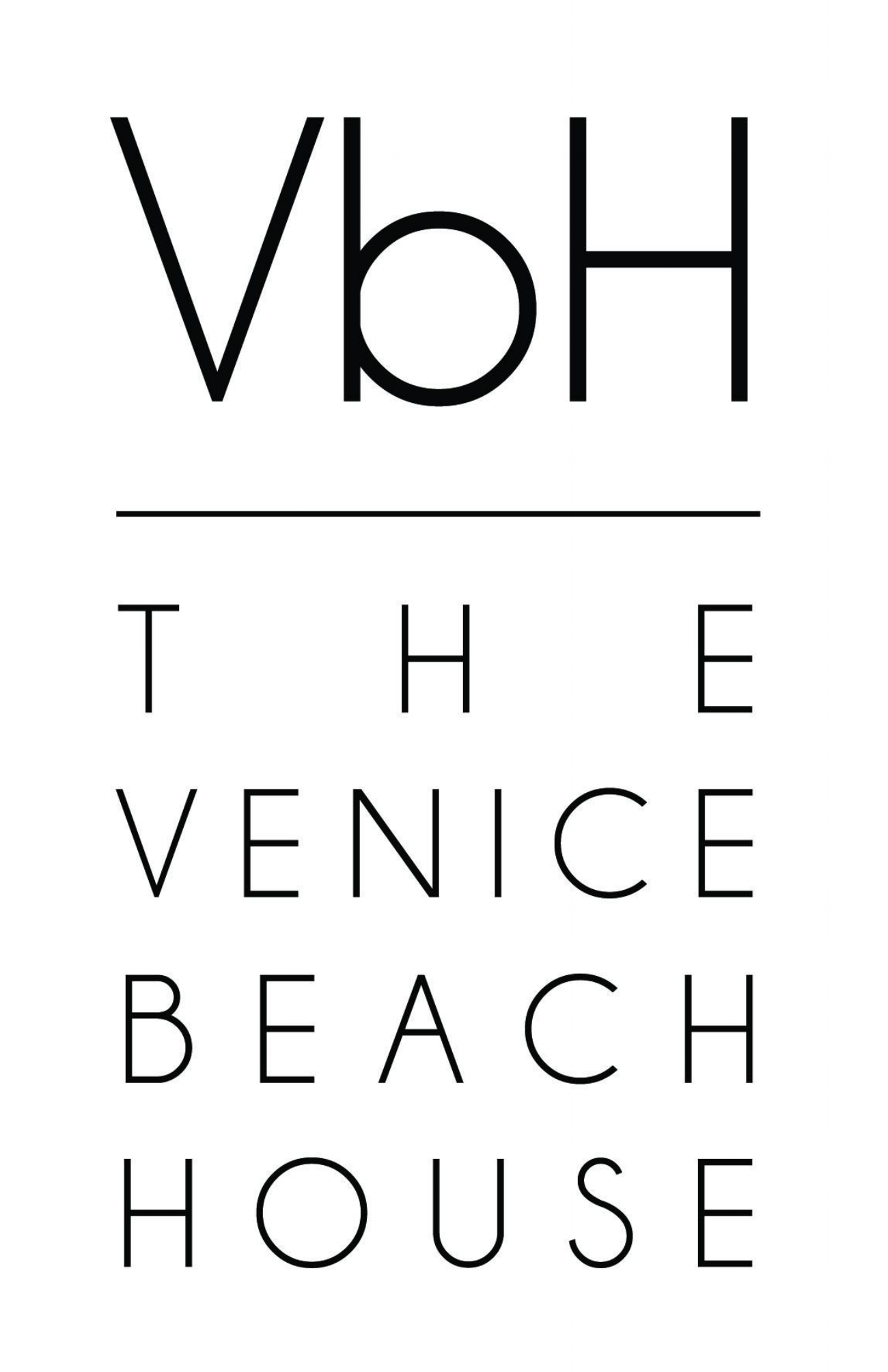Venice Beach: A Legacy Carved in Sand and Ink
Venice Beach, California, has long been more than a postcard-perfect stretch of Pacific coastline. Beneath its sun-bleached facade lies a deep, rebellious soul shaped by artists, poets, and dreamers. For decades, Venice has been a sanctuary for the counterculture—home to visionaries who colored outside the lines and reshaped the cultural landscape of Los Angeles and beyond.
The Bohemian Roots of Venice
Founded in 1905 by tobacco millionaire Abbot Kinney as a resort town inspired by Venice, Italy, the area quickly morphed into something entirely its own. By the 1950s, Venice had become a haven for artists, intellectuals, and societal misfits—many of them priced out of other parts of Los Angeles. Cheap rents, ocean air, and a certain gritty charm made it a breeding ground for avant-garde expression.
It was during this time that the Beat Generation—a group of post-World War II writers and thinkers—began to leave its mark. While San Francisco and New York were more commonly associated with the movement, Venice Beach carved out its own space in the beatnik mythology.
Beats by the Beach
The Beat Generation rejected materialism, embraced spiritual exploration, and challenged social norms. Writers like Jack Kerouac and Allen Ginsberg are household names, but Venice Beach was home to lesser-known yet equally influential voices like Stuart Perkoff, John Thomas, and Tony Scibella. These poets were the beating heart of Venice’s Beat scene, crafting vivid verses that captured the turmoil and beauty of life on the fringe.
Stuart Perkoff, often called “the unofficial poet laureate of Venice,” wrote with raw passion and deep empathy. He saw Venice as more than a place—it was a living, breathing muse. The neighborhood’s back alleys, dive bars, and foggy mornings found their way into his verse. Perkoff and his contemporaries weren’t just writing poems—they were writing Venice into American literary history.
Venice West: Ground Zero of the Scene
At the center of the movement was Venice West Café, a legendary hub located on Dudley Avenue. More than a coffee shop, it was an incubator for free thinkers, where poetry readings, jazz sessions, and political debates unfolded nightly. Here, counterculture wasn’t just an idea—it was a way of life.
Venice West offered a platform for spontaneous expression. Poets would scribble lines on napkins, musicians would jam in candlelit corners, and painters would bring canvases to life in the middle of conversations. The café echoed with the spirit of rebellion and the rhythm of the human condition.
The 1960s and Beyond: Surfboards and Subversion
By the 1960s, the Beat scene had laid the groundwork for a broader counterculture explosion. Hippies, anti-war protestors, and psychedelic artists flowed into Venice, keeping the bohemian flame alive. The neighborhood's identity evolved but never lost its roots in resistance and radical thought.
In the decades that followed, Venice would become synonymous with skateboarding, punk rock, and street art. Yet the undercurrent of countercultural defiance remained. Murals bloomed across buildings. Guerrilla artists took over public spaces. The poetry never stopped—it just changed form.
Today’s Echoes of the Past
Walk through Venice today and you can still feel the presence of the Beats. The graffiti-tagged walls, independent bookstores, and gritty backstreets whisper stories of those who came before. Places like Beyond Baroque Literary Arts Center carry the torch, offering workshops, readings, and archives dedicated to preserving Venice’s literary past.
While gentrification has reshaped much of Venice Beach, it hasn’t erased its spirit. The tension between glossy modernity and the neighborhood’s radical roots is palpable—and maybe that’s the most honest tribute of all. After all, the Beat Generation thrived on contradiction, always searching for authenticity in a world that rewards conformity.
A Living Legacy
Venice Beach’s countercultural history isn’t locked in the past—it’s still unfolding. Every street artist, slam poet, and barefoot wanderer carries a piece of the Beat legacy. They may not all name-drop Ginsberg or Kerouac, but their creative defiance speaks the same language.
So the next time you stroll the Venice Boardwalk, look past the sunglasses stands and bodybuilders. Listen for the jazz that once filled the Venice West Café. Feel the pulse of the poems that made the sidewalks sacred. Venice Beach isn’t just a destination—it’s a testament to the power of art, resistance, and unfiltered expression.


